A View From Paris: The French legal market – important lessons for Iberia?
The French legal market has important lessons for Iberia’s independent law firms, suggests Pierre Étienne Lorenceau, they will need to adopt clear business strategies in order to avoid losing their best people and their market position.
With increasing numbers of Anglo- Saxon law firms opening in Iberia it is interesting to predict the future for the legal market by analysing France, where UK and US law firms have been present in large numbers since the late nineties. How did the French law firms respond to the new arrivals, and which strategies have proved most successful?
According to French magazine Décideurs, the top 100 law firms in France comprises 60 domestic firms, the Paris offices of 15 UK-based firms, and 21 US firms.
The first wave of US firms arrived in Paris in 1945, with the Marshall plan. This was followed by a second wave at the end of the 1970s / early 1980s, as foreign investment began to boom, and a third wave at the start of this decade, with the global expansion of the large private equity houses.
At first the US firms pursued different strategies. Some opened only a small office to follow key clients; a strategy that failed. The most successful attracted strong local partners and offices, securing growth on the back of a portfolio of French corporate clients.
It was this latter strategy that enabled Cleary Gottlieb Steen & Hamilton and Shearman & Sterling to bloom, but also international M&A and capital markets players such as Sullivan & Cromwell, Skadden Arps Slate & Meagher, and Jones Day. Those now with successful Leveraged Buy-Out (LBO) practices include Latham & Watkins, Mayer Brown, and Weil Gotshal & Manges.
The majority of UK firms took advantage of the M&Awave of the late 1990s to open in Paris, or to turn a small outpost into a fullservice operation. The magic circle firms all now count over 100 lawyers, with Clifford Chance reaching 240 lawyers in 2007.
French reaction
How did the French independent firms react to this growing competition? Firms’ responses can be broadly split into five strategies:
1. Remaining independent and clarifying a growth strategy, with a constant focus on profitability.
This is the case for Gide Loyrette Nouel (311 lawyers in Paris including 67 partners, revenue of €129 million), Bredin Prat (57 lawyers, 23 partners, €45 million), Jeantet Associés (64 lawyers, 23 partners, €34 million), and De Pardieu Brocas Maffei (71 lawyers, 15 partners, €25 million).
2. Taking advantage of foreign firms’ desire to ‘bolt-on’ a French practice.
Moquet Borde merged with Paul Hastings, Salès Vincent merged with Denton Wilde Sapte, Stibbe Simont (Paris) merged with Latham & Watkins, Serra Levy Cazals merged with Weil Gotshal. The foreign entrants usually targeted firms with strong senior partners close to retirement, taking advantage of the generational change while acquiring an established local client base.
3. Adopting the management and operational practices of the Anglo-Saxons, leveraging key relationships.
Such firms that now offer a credible alternative to the leading firms include, DS Avocats, (77 lawyers, 25 partners, €15 million), Franklin (35 lawyers, 9 partners, €15 million), Deprez Dian Guignot (41 lawyers, 11 partners, €12 million), Racine (50 lawyers, 19 partners, €11.5 million), and De Gaulle Fleurance (32 lawyers, 7 partners, €10.8 million).
4. Remaining focused on mid-tier work. Two successful mid-size firms that have grown close to 100 lawyers are UGGC and Lefèvre Pelletier.
5. Becoming a focused giant or specialist boutique.
Employment firm Capstan (formally Barthelemy) counts over 160 lawyers, Fromont Briens (70+) is also employment focused, Vogel & Vogel (40+) focuses on competition and distribution law, Hirsch (30+) focuses on IP.
Key lessons
I therefore believe that the key lessons for Iberia from the French market are:
• the market may retain its diversity and independents will not suddenly die;
• however, over time, a new market hierarchy is established based on productivity (measured by revenue per lawyer or per partner);
• independent firms that do not focus on productivity, adopting a clear management structure, and strategic growth plan, will quickly lose their best lawyers and their rank in the market, if not their future.
In France, as in Spain and Portugal, I believe that the two key paths to growth are to focus on retaining a strong M&Acorporate department to build from, or pursue specialist excellence.
Pierre Etienne Lorenceau, is the publishing director and the founder of Lawficom Group, the publishers of leading French publication Décideurs Stratégie. His organisation's Paris legal awards, Trophées du Droit, recently recognised the success of the French practices of Cuatrecasas, Garrigues and Uría Menéndez.










